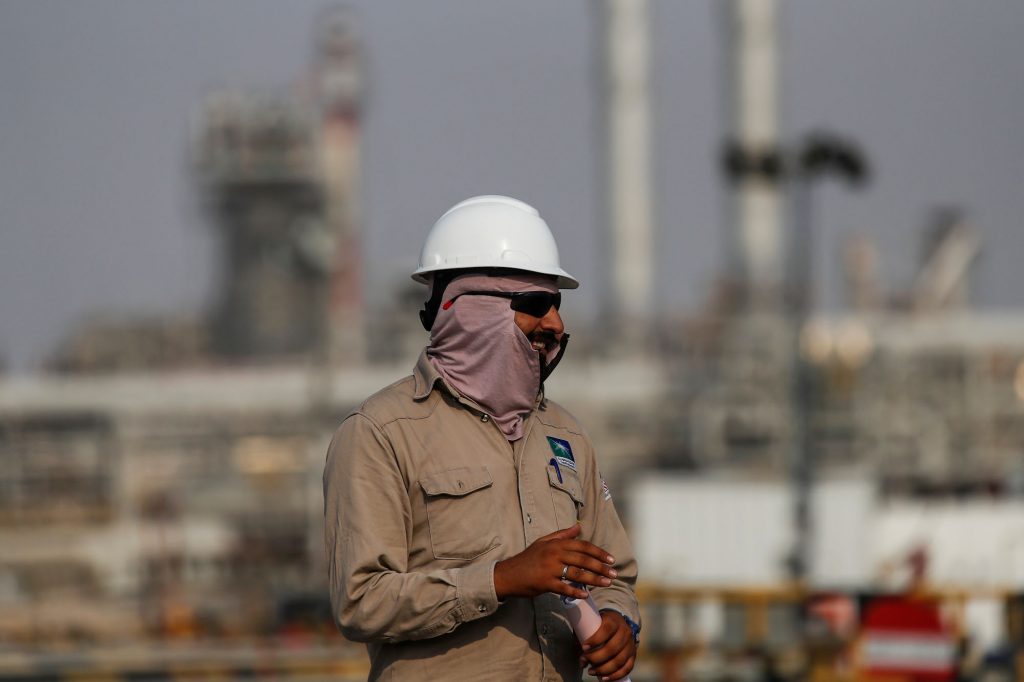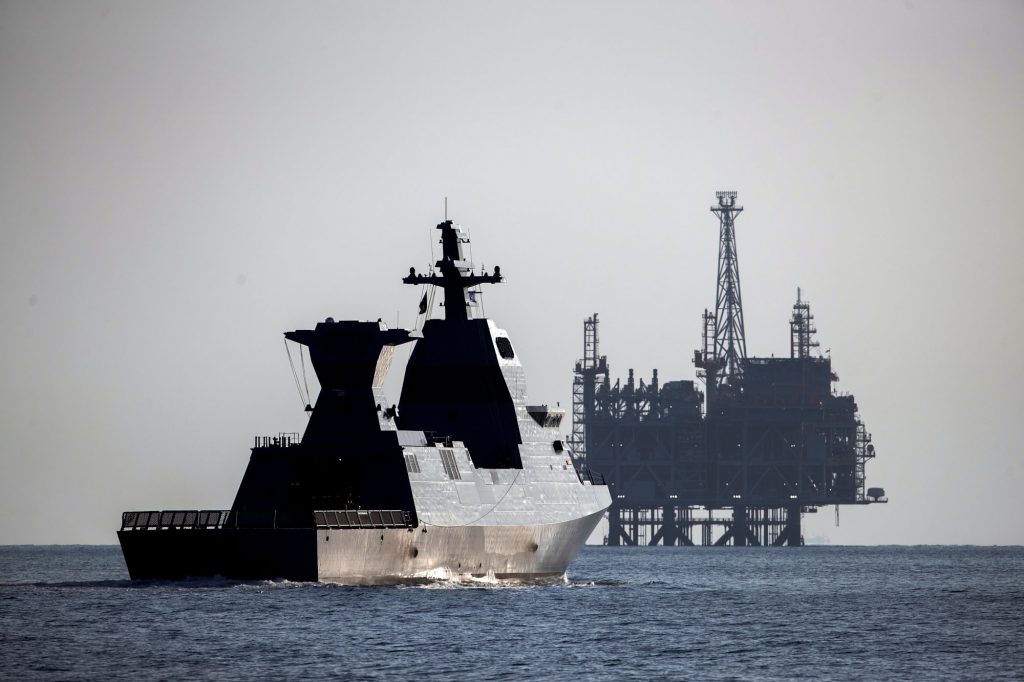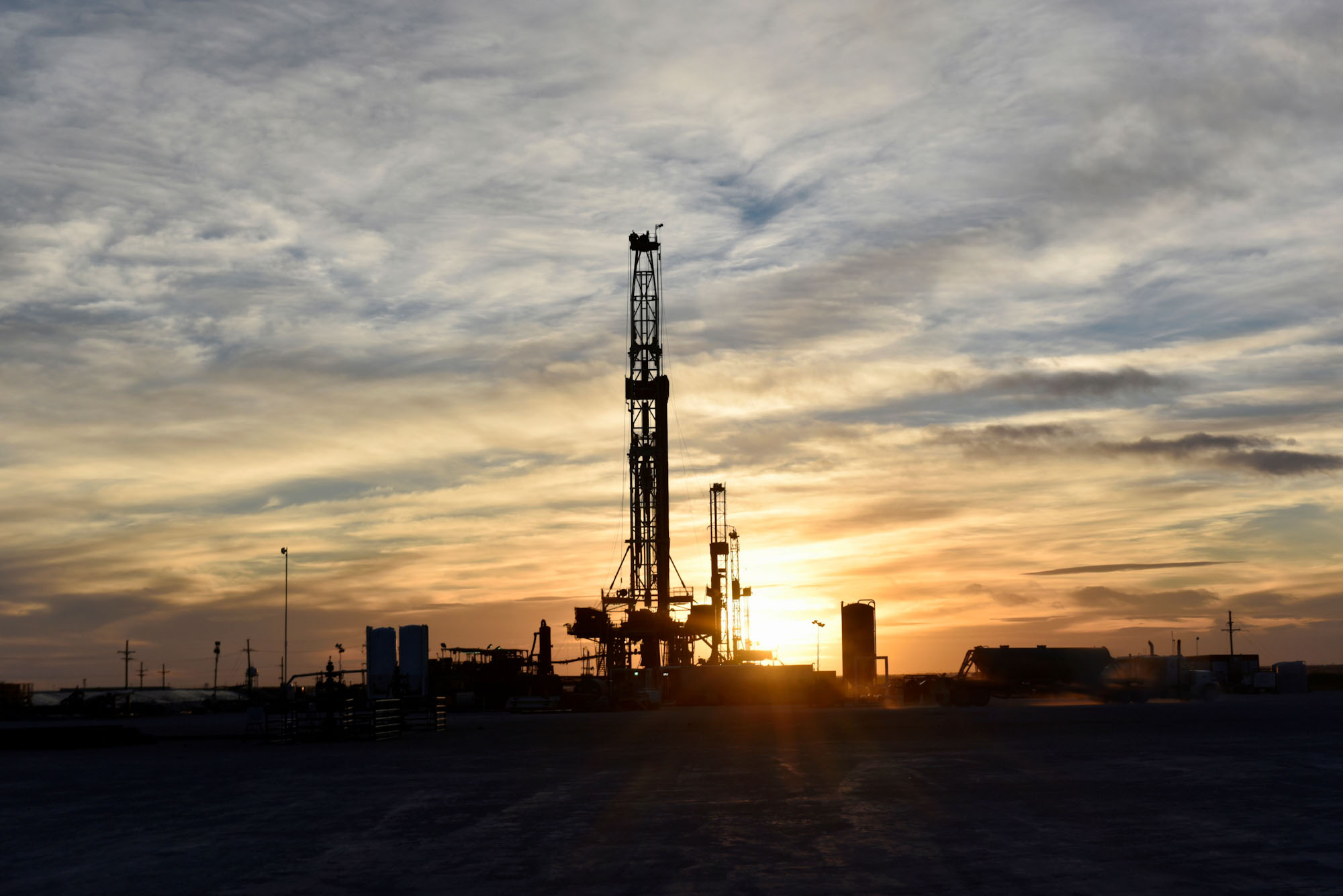As global commerce reemerges from the pandemic, new patterns of energy consumption, supply, and sourcing are becoming clear. Some are due to the dramatic depression in energy demand created by the pandemic as well as the potential surge that will come with its end. Much of it, however, has to do with tectonic shifts that were underway before the lockdown and quietly matured during it. Such changes include the increasing irrelevance of OPEC, the emergence of the US as one of the world’s great energy producers, and a new dynamic in the Middle East as Israel joins the established regional network of energy exporters from the eastern Mediterranean Sea to the Persian Gulf. Ensuring a stable, reliable flow of fossil fuels to support the economic recovery from COVID-19 is bound to remain an issue of great strategic importance for the US, Israel, and their allies, even as they invest in developing alternative and renewable sources.
The Decline of OPEC
Well before its catastrophic meltdown in April 2020, OPEC had become increasingly antiquated and unworkable. As catalogued in Daniel Yergin’s The New Map, tensions between Saudi Arabia and Iran had been rising at OPEC meetings in 2019, especially after the Iranian attack on the Aramco infrastructure at Abqaiq. This attack was designed to shut down the world’s largest oil processing plant for an extended period and to demonstrate the Islamic Republic’s ability to roil global energy markets at will. Still, due to the speed of the Saudi recovery and the increase in supply from other sources, notably the US, Iran’s gambit failed and prices stabilized quickly. But the fact remains that one OPEC member had launched a military attack against another member’s energy infrastructure, making future cooperation in the organization difficult, to say the least.

Abqaiq was followed by an attempted Saudi rapprochement with the Russian Federation that resulted in OPEC+Russia. The new framework proved equally unproductive, and in early March 2020, Saudi Arabia’s Crown Prince Mohammed bin Salman and Russia’s President Vladimir Putin declared a production war, with two of the world’s three biggest energy sources ramping up production to see who could endure the ensuing plummeting prices the longest. Prices crashed much more quickly than anticipated due to the unforeseen depression in demand, resulting from the coronavirus pandemic. As commerce and travel shut down from the global to the local level, there was simply no market for the additional barrels the Saudis and Russians were pumping.
At the April 2020 meeting of OPEC+Russia, the parties failed to resolve the production war, only resolving it later at a virtual G20 energy ministerial, chaired by the Saudi energy minister, Prince Abdulaziz bin Salman Al Saud, and with the participation of the US secretary of energy at the time, Dan Brouillette. As the severity of the COVID-19 crisis became clear, cooler heads prevailed—and the production cuts agreed upon at the G20 continued well into 2021 and have stabilized markets sufficiently to ride out the pandemic.
Enter the US as Major Oil Exporter
The 2020 Saudi–Russia dispute also clarified the US position in global energy markets, which had been quietly evolving for decades, with more accelerated progress over the last four years. America has returned to its long-forgotten role as one of the world’s largest energy producers and exporters. A generation ago, the US would have been a spectator in a production war between Russia and Saudi Arabia, hoping to benefit economically from the plentiful, cheap energy that would result from it. But now, having shifted from being an energy importer to an exporter, America is vulnerable to the negative impact that oversupply could have on our domestic energy industry. Post-pandemic, a top priority should be to recognize that energy security is now a vital national security issue both abroad and at home and to develop a coordinated policy to protect and preserve American energy dominance.
America’s position as an exporter gives the US administration a new strategic tool that Washington can use in assisting partners and allies to increase their own energy security by diversifying their suppliers. India is a case in point. Over the last three years, the US has gone from making its first shipment to being India’s number two source. As the US fosters the growth of “the Quad” (US, Japan, Australia, and India)—a Pacific-based alignment of forces meant to offset the regional clout of China—such commerce increases interoperability among the partners and weans India off undesirable sources such as Iran. In addition, in 2019 when the Trump administration ended the significant reduction exceptions to the Iranian energy-related sanctions, effectively prohibiting Iranian oil exports, the US was able to increase production and effectively partner with allies such as Saudi Arabia to prevent a spike in energy prices. This demonstrated America’s reestablished ability as both a reliable energy supplier and a source of stability for global markets.
Domestically, the abundance of US energy sources should make the American economy the envy of the world. While this shift became obvious in November, 2019 when the US formally became a net energy exporter for the first time in many years, it actually dates back to the 1990s when American businessman George Mitchell developed modern hydraulic fracturing that unlocked vast reserves of both shale oil and natural gas. Although the ramifications of the US as a major producer are still not fully understood, this new ability to exploit energy as a strategic advantage—rather than worry about energy as a strategic vulnerability—is a welcome change that will extend beyond fossil fuels, as both the US public and private sectors lead in alternative and renewable energy sources as well.
Crafting an approach that supports US domestic energy production, while ensuring the continued American technological dominance, is both possible and necessary if the world is to emerge from COVID-19 into a future fueled by the US and its allies. This can, and should, include not only established clean alternatives, such as civil nuclear microreactors, but also emerging technologies such as hydrogen. In this context, America’s most prominent global competitors, Russia and China, do not share this advantage: Russia will not have the technological edge in the emerging energies of the future, and China is—and will remain for the foreseeable future—the world’s largest energy importer and thus will continue to be acutely energy vulnerable.
A New Natural Gas Power in the Mediterranean—Israel
Another changing dynamic that could have significant geopolitical implications will be the integration of Israel as a modest but not insignificant natural gas exporter in the Eastern Mediterranean, the Arabian peninsula, and even potentially Europe. Equally important, will be Israel’s becoming a legitimate player in the regional alignment. For decades, energy vulnerability has been a top concern for Israel. It did not have any known reserves and was surrounded by hostile neighbors. It had to rely on imports from sources such as Columbia, Russia, South Africa, and South America. After the discovery and development of the Tamar and Leviathan gas fields in the Mediterranean, and more recently, Karish and Tanin, Israel has been able to cut its coal-fired electricity generation from 60% to 30%. It is also on track to end coal use altogether by 2025 as additional sources, primarily solar, become on line. Some estimates put the potential gas reserves in Israel’s exclusive economic zone in the Mediterranean at over 70 trillion cubic feet (a fraction of Qatar’s 850 Tcf, but still justifies the search for export options). In fact, Israel is now able and willing to export natural gas to neighbors, such as Egypt and Jordan, and may expand additional cooperation with countries that have aspirations to become hubs for the global natural gas market, such as Saudi Arabia and the UAE.
Israel’s energy vulnerability has, like that of the US, been replaced by energy security. Israel is now a founding member of the Eastern Mediterranean Gas Forum, along with Italy, Greece, Jordan, Cyprus, Egypt, and the Palestinian Authority. While the immediate purpose of the EMGF is to explore together how to bring gas from the region to Europe and other markets, it has also acquired strategic importance as a UN-recognized international organization and reflects a broader regional alignment.

An Israeli Navy warship cruises near the production platform of Leviathan natural gas field. Photo credit: REUTERS/Ronen Zvulun
The US has observer status in the EMGF and can play a significant role guiding its development and expansion if Washington chooses to engage. France, too, has joined as a member, in line with Paris’s perceived role as a check on Turkey’s President Recep Tayyip Erdoǧan’s neo-Ottoman ambitions in the Mediterranean. The EMGF, almost by definition, poses an alternative to Turkish domination as a regional energy hub. The EU, and apparently the UK, are also angling for a seat at the table. Interestingly, the UAE has been denied the right to join as an observer—due to a veto by the Palestinian Authority (in a fit of pique over the Abraham Accords, which normalized ties between Israel and some Arab states). This may be, however, only a temporary setback. The UAE Air Force has been participating in exercises in Greece alongside their Israeli colleagues. Recently, the foreign ministers of the UAE, Israel, Greece, and Cyprus met at Paphos, establishing their own “forum”—proof that the alignment of the Gulf and an Eastern Mediterranean featuring Israel is progressing whether the Palestinian Authority is happy with it or not.
The question for the Biden administration is whether it wants to exploit the strategic opportunities offered—reflecting the combination of the waning of OPEC, the energy dominance of the US, and the change in the joint Mediterranean (including Israeli) energy posture. Energy policy does not have to be a binary choice between climate and fossil fuels, and a middle ground might garner considerable support in the US Congress. A number of congressional Republicans are sincerely interested in responsible climate measures while a corresponding number of Democrats are sincerely interested in energy policies that do not threaten America’s short-term security, positions that indubitably reflect the views of their constituents.
Additionally, robust American leadership and participation in “post-modern” energy organizations such as the EMGF can help ensure that responsible consumers around the globe have a stable supply of efficient, clean energy, while minimizing disruptions by rogue actors. Many other questions remain, such as what will happen to energy markets if traditional major producers who have been at much-reduced levels even before the pandemic, such as Venezuela, Libya, and Iran, come back on line? Will alternatives to organizations such as OPEC emerge and change the coordinating relationship between the US and its energy-producing partners and allies? While energy has emerged as a critical strategic asset for the US, it is not guaranteed that it will remain so without a creative and forward-looking strategy to preserve— and press—America’s advantage, which also serves the broader community of like-minded nations and contributes to international stability.

